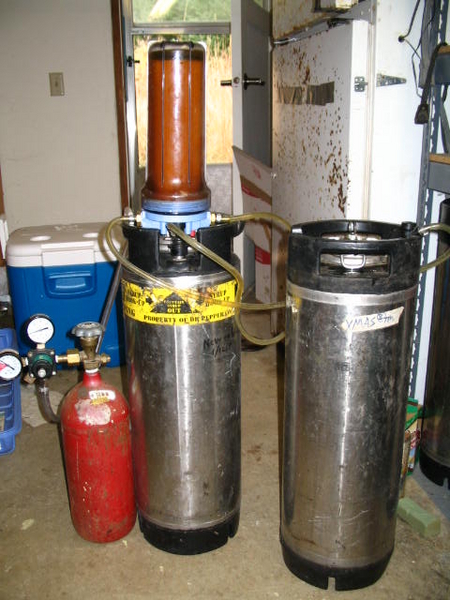BillyVegas
Well-Known Member
So, as mentioned in another thread I just began, I recently kegged and likely have a ruined 15gallons of beer. Unknown reasons as of now.
But- my question is this. When you go to keg your beer, what filtering steps do you take from primary or secondary? I thought I did a good job, but I still have floaties here and there...
Just wanted to know what peoples general consensus on this is. I don't care about the occasional floaty, but I can see it turning off some people...
But- my question is this. When you go to keg your beer, what filtering steps do you take from primary or secondary? I thought I did a good job, but I still have floaties here and there...
Just wanted to know what peoples general consensus on this is. I don't care about the occasional floaty, but I can see it turning off some people...




















































![Craft A Brew - Safale S-04 Dry Yeast - Fermentis - English Ale Dry Yeast - For English and American Ales and Hard Apple Ciders - Ingredients for Home Brewing - Beer Making Supplies - [1 Pack]](https://m.media-amazon.com/images/I/41fVGNh6JfL._SL500_.jpg)






